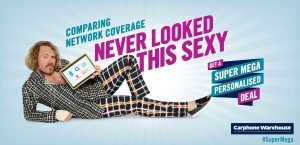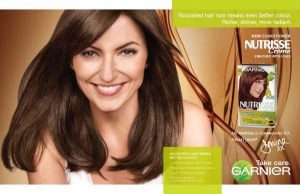The new rules of celebrity endorsement
Celebrity endorsement is far from new: Wedgwood created a Queen’s Ware range of crockery with Queen Charlotte back in the 1750’s. But the rules of how to do it have changed dramatically in today’s digital age, as shown by an expert panel at The Festival of Marketing this week. It featured Olympic diver Tom Daly, TV presenters Reggie Yates and Rochelle Humes and Leon Harlow of James Grant Group.
1. Authenticity and transparency
Reggie reminded us that the best celebrity endorsements are authentic based on shared values between the brand and the talent. Ideally, you look at a celebrity and can believe they might have actually chosen to buy and use the brand of their own free will, not just because they’re being paid. The need to get the right fit is if anything even bigger today, given that we can see even more of a celebrity’s real life via their social media profile.
2. Talent now are media channels in their own right
This is of course the huge change versus celebrity endorsement of the past. Celebrities are no longer just appearing in a TV or press adpaid for by the brand, they are providing access to their own media channel via social media. This can bring reach and influence that, if done right, can help sell more stuff. Leon gave the example of TV presenter Holly Willougby driving sales of a dress by featuring on her Instagram feed, which is followed by 2.8 million people. Best of all is when this is for a brand with an online store, and hence a direct “path to purchase”.
3. Build on the celebrity’s “creative IP”
The most effective brand partnerships are just that, a partnership. Leon emphasised the importance of getting talent involved early and giving them some freedom to express themselves. In this way, there is a chance to make a campaign a natural extension and amplification of the celebrity’s passion points and “creative IP” (intellectual property). Leon quoted the example of the partnership between Keith Lemmon and Carphone Warehouse, where the company asked the comedian for input and idea right from the start.

4. Understand “the value exchange”
To get the most out of a partnership companies should go beyond simply paying money to the star by harnessing their “brand ecosystem” to help the celebrity build their own personal brands. For example, in a recent deal with former Chelsea footballer Frank Lampard, an Asian brand is helping him expand his presence in the Chinese market, reaching new audiences. And Adidas is helping Tom Daly create content for his own social channel.
5. Having consistent advocates over time
As with all of marketing, the best celebrity endorsements harness the power of fresh consistency. Leon gave the example of the partnership between TV star Davina McCall and Garnier. This has been going for 14 years, meaning that there has been chance to create memory structure linking the celebrity and the brand. The longevity also makes the endorsement more authentic.

In conclusion, celebrity endorsement is a good example of how the challenge today is to reboot marketing. The fundamental rules of authenticity and fresh consistency are still the same. But the digital age presents exciting opportunities to amplify campaigns to build brand and sell more stuff.


